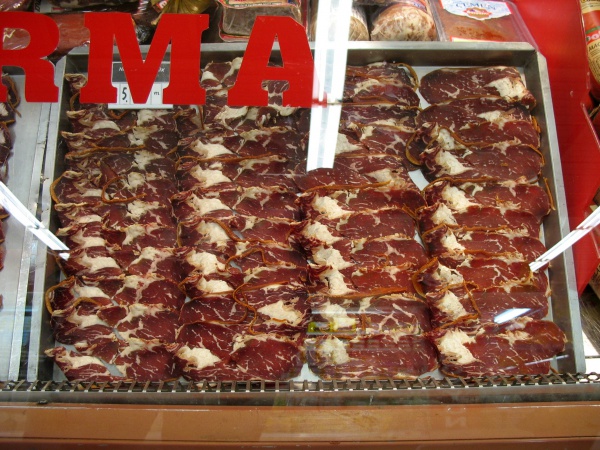Facts About Pastirma
Pastırma, also known as basturma, pastourma, or basterma, is a flavorful, air-dried cured beef that stands as a culinary staple in Turkey, Bulgaria, Greece, Azerbaijan, and Armenia. The name "pastırma" derives from the Turkish word "bastırma" meaning pressing. Its origins can be traced back to the Byzantine era, where it was known as "paston."
The process of making pastırma involves a meticulous sequence of salting, drying, pressing, and coating the meat with a spice paste known as "çemen." This method, which takes about a month, not only preserves the meat but also enriches its flavor.
While pastırma is typically crafted from water buffalo or beef, it can also be made from lamb, goat, or even camel. The quality of pastırma peaks when produced during October and November. The final product is a type of "intermediate moisture food" designed to reduce moisture levels and control mold growth during storage.
In the kitchen, pastırma is incredibly versatile. In Turkey, it is a breakfast favorite, often featured in omelettes, meze appetizers, and as a topping for hummus, pide bread, and even burgers. In Armenia, basturma holds a special place in family traditions, especially during New Year's Eve celebrations and in everyday meals.
Turkey is a leading producer of pastırma, with regions like Kayseri and Kastamonu being particularly renowned for it. The production process frequently incorporates local ingredients, such as garlic, in the preparation of the çemen paste.

 Iran
Iran